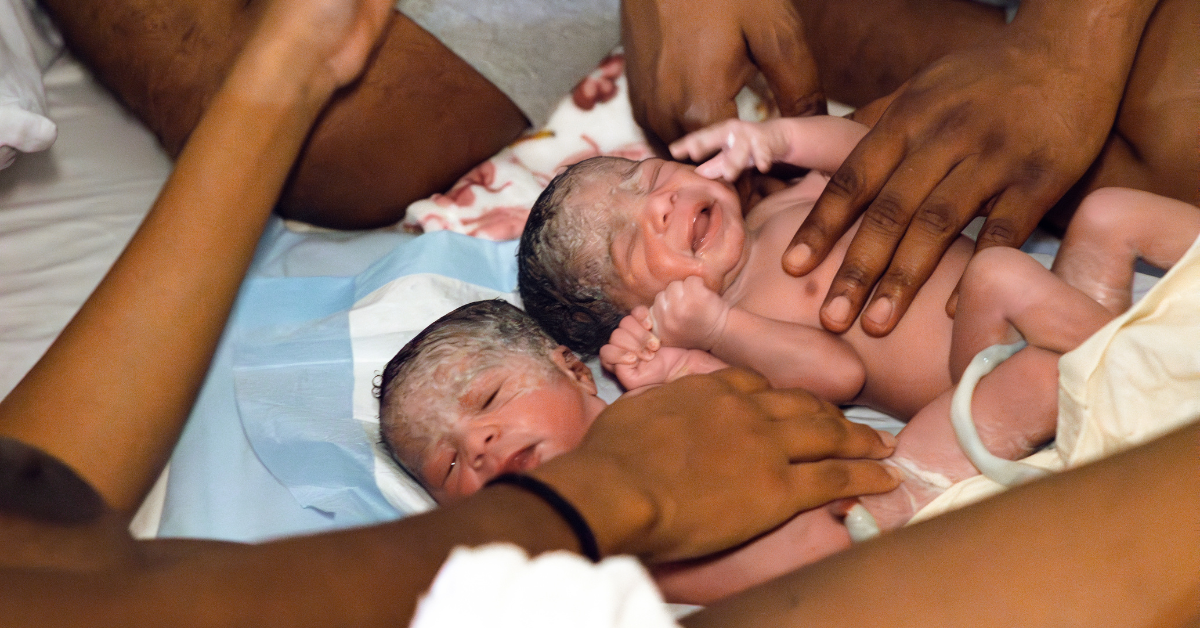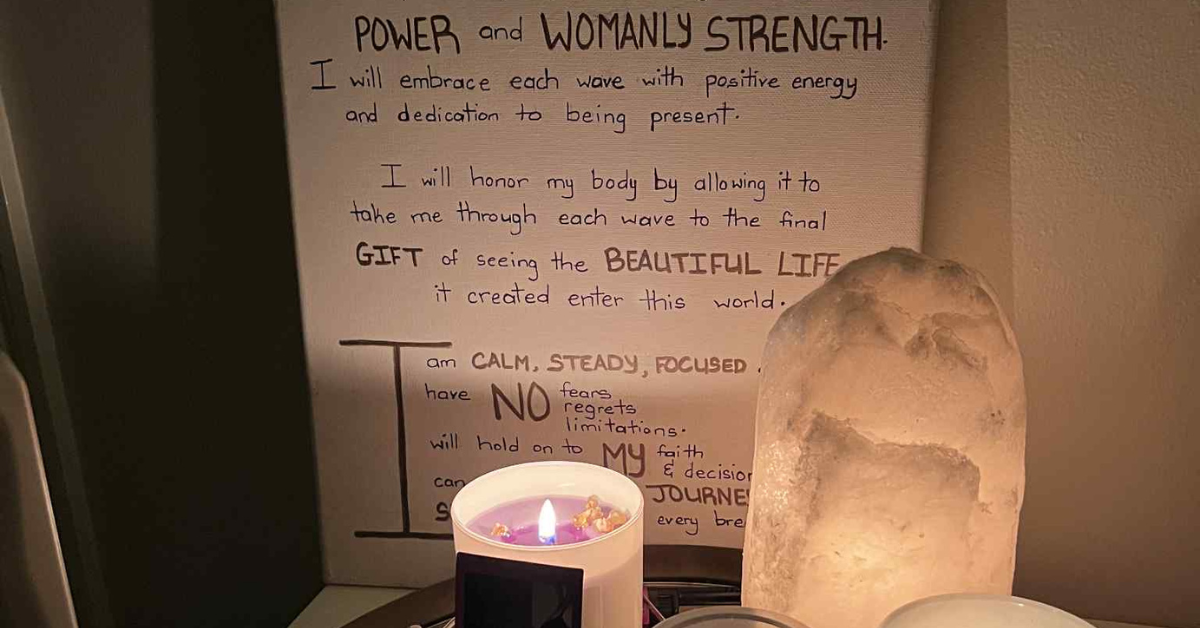Water birth is an alternative method of childbirth that has gained popularity in recent years. Many people believe that giving birth in warm water is more relaxing and soothing for both the mother and the baby.
Water birth is a gentle and empowering experience for women, but safety and risks are also concerns. This article will discuss the pros and cons of water birth and determine its safety for both you and your baby.
The History of Water Birth
Water birth is not a new concept. In fact, it has been practiced for centuries in various cultures around the world.
The ancient Egyptians, for example, believed that water had purifying properties and used it during childbirth. In the 1970s, French obstetrician Michel Odent reintroduced water birth as a modern birthing method. Since then, it has gained popularity and acceptance in many countries.
Benefits of Water Birth
One of the main benefits of water birth is the relaxation it provides. The warm water helps to ease muscle tension and promote a sense of calm, which can be particularly beneficial during labor. The buoyancy of the water also reduces the pressure on the mother’s joints and allows for more freedom of movement. This can help to alleviate pain and make it easier for the mother to find a comfortable position.
Another advantage of water birth is the potential for a shorter and less traumatic labor. The warm water stimulates the release of oxytocin, a hormone that helps to regulate contractions. This can lead to more efficient labor and a reduced need for medical interventions such as epidurals or synthetic oxytocin.
Water birth is also believed to be beneficial for the baby. The transition from the womb to the outside world can be a gentle and less shocking experience when done in water. The warm water mimics the amniotic fluid, providing a familiar and comforting environment for the baby. Experts also believe that it enhances the baby’s oxygen supply and promotes a more gradual adjustment to breathing.
Potential Risks and Concerns of Water Birth
While water birth offers many potential benefits, it is important to be aware of the potential risks and concerns associated with this method of childbirth. One of the main concerns is the risk of infection. Although the water is typically kept at a comfortable temperature, it can still harbor bacteria that could cause infection if it enters the mother’s bloodstream. To minimize this risk, it is crucial to maintain strict hygiene practices and ensure that the water is regularly tested and filtered.
Another thing to consider is the possibility of umbilical cord rupture or prolapse during water birth. If the umbilical cord gets stuck between the baby’s head and the birth canal, it could be risky. However, this situation rarely occurs, and closely watching the baby’s position during labor can help reduce it.
There is also a small risk of water aspiration, where the baby inhales water during delivery. This can lead to respiratory distress or infection. However, studies have shown that the risk of water aspiration is extremely low when proper precautions are taken, such as ensuring that the baby’s head remains above the water at all times.
Water Birth vs Hospital Birth: A Comparison
Water birth and hospital birth are two different approaches to childbirth, each with its own advantages and disadvantages. Hospital birth provides access to medical interventions and specialized care, which can be critical in cases of high-risk pregnancies or complications during labor. It also offers a sense of security and reassurance for many women, knowing that medical professionals are readily available if needed.
On the other hand, water birth offers a more natural and holistic approach to childbirth. It allows women to be in control of their birthing experience and provides a peaceful and relaxed environment. Many women find that being in the water helps them to cope with pain and promotes a sense of empowerment. Water birth also reduces the need for medical interventions, which can lead to a more positive and satisfying birth experience for some women.
Ultimately, the choice between water birth and hospital birth depends on your personal preferences, medical history, and the specific circumstances of your pregnancy. It is important to discuss your options with your healthcare provider and make an informed decision that feels right for you.
Safety Considerations for Water Birth
To ensure the safety of both the mother and the baby during water birth, we should take certain precautions. Firstly, it is essential to have a qualified healthcare provider, such as a midwife or obstetrician, present throughout the process. They will be able to monitor the progress of labor, provide guidance and support, and intervene if necessary.
Maintaining the cleanliness and hygiene of the water is crucial to prevent infections. Regularly test and filter the water, and thoroughly clean and disinfect the tub or pool before use. It is also important to ensure that the water temperature is kept within a safe range, between 95°F and 100°F (35°C to 37.8°C), to avoid overheating or chilling the mother or the baby.
Regular monitoring of the baby’s heartbeat and the mother’s blood pressure is essential during water birth. You can do this using waterproof monitoring devices or by periodically stepping out of the water for assessments. It is also important to have a backup plan in case complications arise and the need for medical interventions arises.
Creating a Comfortable and Safe Birthing Environment
Creating a comfortable and safe environment is crucial for a successful water birth. The birthing space should be quiet, dimly lit, and free from distractions. Soft music, aromatherapy, and candles can help to create a soothing ambiance. It is important to have a comfortable and supportive birthing pool or tub that allows the mother to move freely and find a position that feels most comfortable.
The presence of a supportive birth team is also essential. This may include a partner, family member, doula, or midwife who can provide emotional support, encouragement, and assistance throughout the labor and delivery process. It is important to communicate your preferences and desires with your birth team to ensure that they are aligned with your birthing goals.
The Role of a Birthing Pool or Tub in Water Birth
A birthing pool or tub plays a crucial role in water birth. It provides a safe and comfortable space for the mother to labor and give birth. The pool should be deep enough to allow the mother to submerge her belly and maintain an upright or semi-upright position. The sides of the pool should be sturdy and supportive, allowing the mother to lean against them for added comfort.
The water in the pool should be warm, but not too hot, to ensure the comfort of the mother and the baby. It is important to have a reliable water temperature monitor to constantly monitor and adjust the water temperature as needed. The pool should also have a built-in filtration system to maintain water cleanliness and minimize the risk of infection.
In addition to the birthing pool or tub, other equipment and supplies may be needed during water birth. This can include waterproof pads, towels, and blankets for warmth and comfort, as well as a handheld mirror or flashlight for visualization during the delivery. It is important to have all the necessary supplies prepared and easily accessible before labor begins.
Personal Stories and Experiences of Water Birth
Hearing personal stories and experiences can provide valuable insights into the world of water birth. Many women who have opted for water birth report feeling a profound sense of empowerment and connection to their bodies during the process. They describe the warm water as soothing and comforting, helping them to cope with the intensity of contractions.
Women who have experienced water birth often praise the freedom of movement and the ability to find positions that felt most comfortable for them. They also appreciate the reduced need for medical interventions and the shorter recovery time compared to hospital births. However, it is important to remember that every birth experience is unique, and what works for one person may not work for another.
Tips for a Successful Water Birth
If you are considering water birth, here are some tips to help you have a successful and positive experience:
- Educate yourself: Learn as much as you can about water birth, its benefits, and potential risks. Attend childbirth preparation classes and seek guidance from healthcare professionals.
- Choose a qualified healthcare provider: Ensure that you have a qualified midwife, obstetrician, or other healthcare provider experienced in water birth to guide you throughout the process.
- Prepare your birthing space: Create a comfortable and safe environment for your water birth. Set up the birthing pool or tub, gather all necessary supplies, and create a soothing ambiance.
- Stay hydrated: Drink plenty of fluids throughout labor to stay hydrated. The warm water may cause sweating, so it is important to replenish your fluids.
- Listen to your body: Trust your instincts and listen to your body during labor. Find positions that feel most comfortable and use the water to support your body.
Is Water Birth Right for You?
Water birth can be a beautiful and empowering experience for many women. It offers relaxation, pain relief, and a sense of control during labor and delivery. However, it is important to carefully consider the potential risks and consult with a healthcare provider to determine if water birth is the right choice for you.
Water Birth at Midwife360 in Palm Beach County
If you have any questions or concerns about water birth, Midwife360 is available to provide guidance and support. Remember, every birth is unique, and the most important thing is to make an informed decision that feels right for you and your baby.





